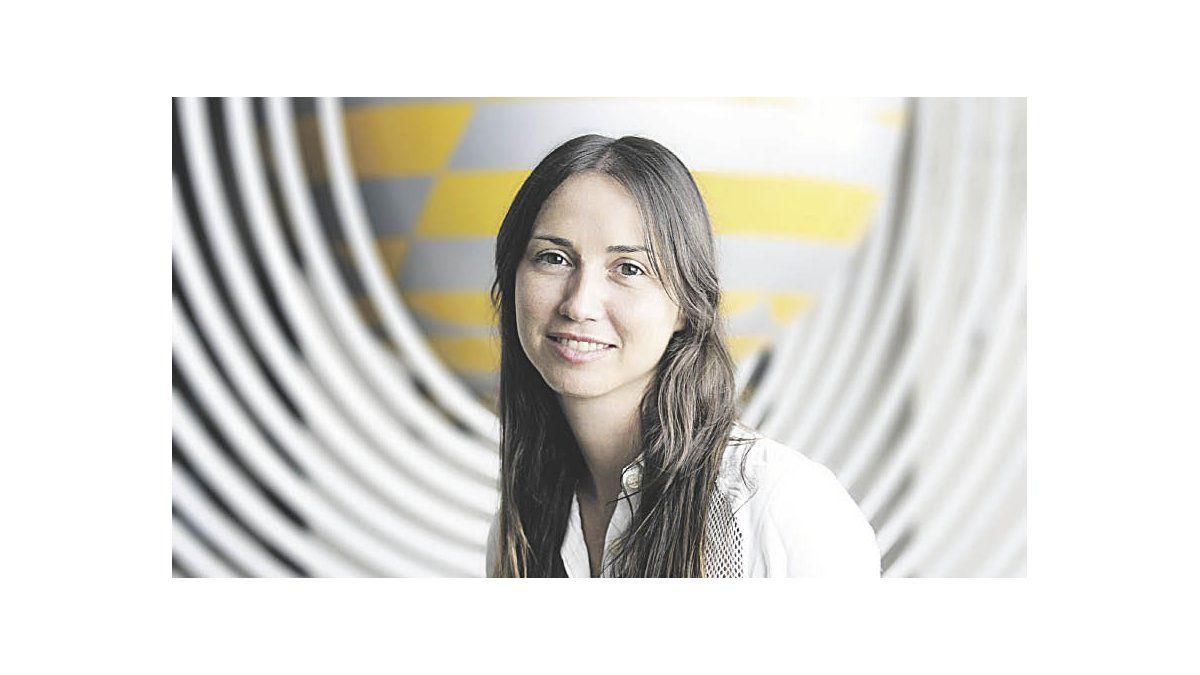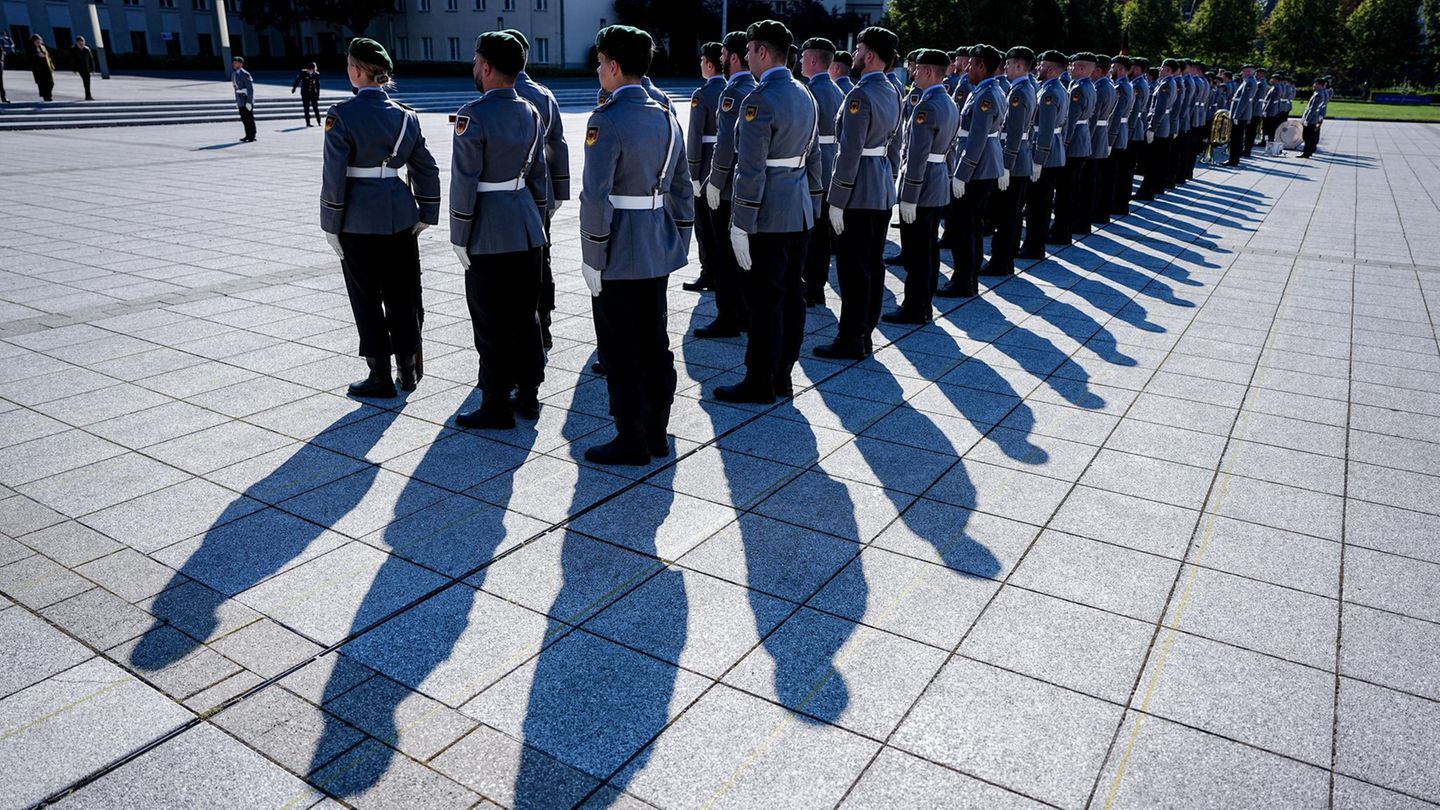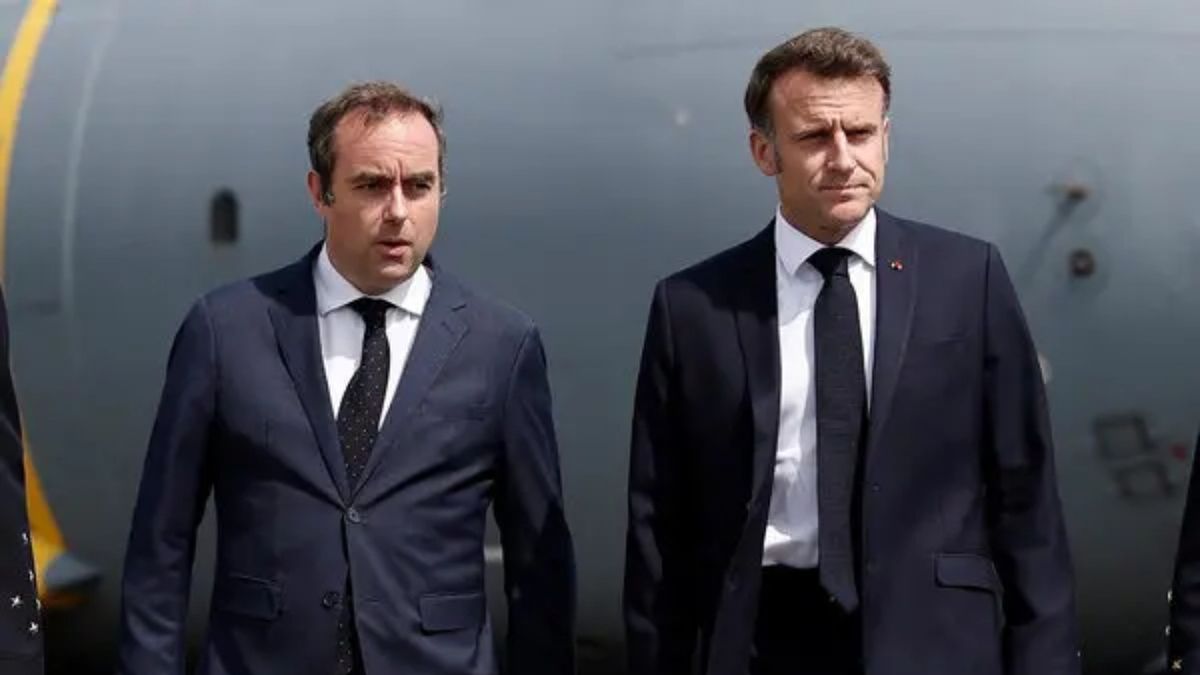“I have been working in electronic digital art since 2014,” he continues. “In 2015 we participated in an international biennial of digital art where we had to set up a website as an exhibition space. And that’s where it all started, the idea began to take shape. Later, the pandemic led some to use the internet as a non-face-to-face space, but what we do has nothing to do with that. That is, I was always linked to digital, and the pandemic, in any case, allowed us the possibility of bringing the medium closer, especially to the art viewer, not used to doing it online.”
Pla explains the scope of the concept of the playful, of the game in each visit to the exhibition: “What the curators sought was to compose a mental image from the fusion of the visual, the poetic and the sound. In each random entry to the site, the viewer, with his own cultural baggage, ends up building an image of his own as well. With the mouse, the ‘Oracle’ is asked to throw a sentence, and that answer handles a variable of a painting, a poem, a piece of music. And when I say ‘playful’, I mean it in the sense of calm, of pleasure, completely opposite to what is usually understood by ‘game’ on the internet. Quoting the critic Guadalupe Baliño, ‘the exhibition halls are waves, and the displacement is through visual, sound and textual images, seeking to generate an elusive image. A sensory surplus that occurs in the random conjunction of the displayed elements’”.
This is the fourth show that Espacio Pla and the UCA have carried out together: “Eduardo Pla, who was my uncle, was a great digital artist. I carried on his legacy. He had already done some exhibitions, he made a floating sculpture in the canal, in front of the UCA, and after his death I donated two of his works to the University. That’s where the link was. When the pandemic came, Cecilia Cavanagh was quite bold in her proposal to hold the first exhibition, because there were not many cultural institutions that offered content in those two years. In mid-2020 we inaugurated the first, ‘The Face of the Earth’, inspired by a work by Eduardo. There we deal with the issue of globalization. The second was an exhibition in 3D, with four sculptures, which was called ‘Ergo Proxy’: the visitor could walk around these sculptures and get inside. And the third, last year, ‘Sign the complexity’, which spoke of the complexity itself, and more in the world of virtual reality.
It is inevitable that the concept of the “metaverse” will arise, which will allow these routes to be taken with special glasses or a virtual reality helmet. “Exactly”, continues Celina Pla. “I believe that the metaverse comes to give digital art special support, because before it did not exist, or it was not taken into account. Digital work had to be removed from its medium to be exhibited, but now it lives in its own medium, for which it was created”.
“What we also set out to do in that show”, he continues, “was to break the limits of the site itself: the end of the screen is no longer the limit; with the mouse one can move to other areas. Of course, it must be said that the writer of the code, Renee Carmichael, is not only a programmer but also an artist and one of the participants in the show. That is to say, it is not made from the perspective of the programmer but of the artist”.
Finally, he concludes: “We wanted to make an exhibition of women artists because, in general, in digital aesthetics, there is a femininity in the choice of colors, pinks, lilacs, sunrises and sunsets. That is, there is a delicacy in female artists that is not perceived as much in the works of men, which goes more to the figurative, or to dark, dense images. Of course this is a generalization, but it happens. And that calm is what we wanted to transmit”.
Source: Ambito
David William is a talented author who has made a name for himself in the world of writing. He is a professional author who writes on a wide range of topics, from general interest to opinion news. David is currently working as a writer at 24 hours worlds where he brings his unique perspective and in-depth research to his articles, making them both informative and engaging.




